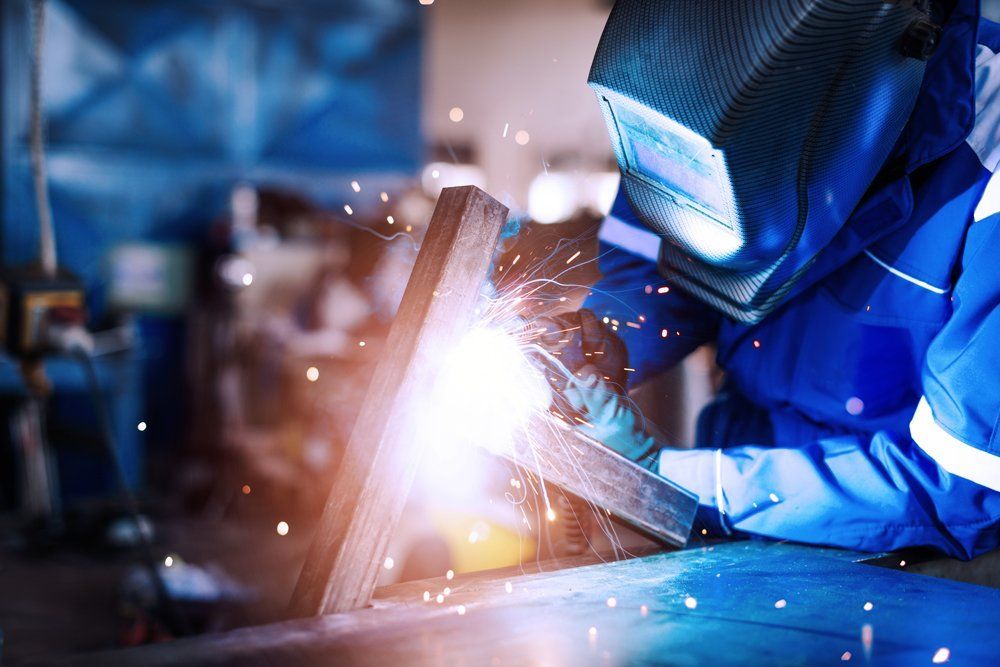Understanding 2 Common Welding Techniques

Although most people understand that welding involves the fusing together of multiples pieces of metal, a surprising number fail to appreciate the surprising number of ways in which this goal can be achieved. Whether you are interested in pursuing a career in welding, or as simply an amateur hoping to increase your knowledge of this vital skill, read on. This article will provide a crash course in two of the most common welding techniques.
Stick Welding Stick welding is the most basic form of welding. It is often commonly referred to as arc welding, and also as SMAW, which simply stands for shielded metal arc welding. Stick welding is principally used for welding iron and steel, and less so for metals such as copper and aluminum. Stick welding is also an especially effective welding method when working outdoors, thanks to the fact that it is more wind resistant than other types of welding. Stick welding utilizes electricity to join together disparate pieces of metal. The basic idea is simple. The piece of metal that is being welded gets electrified by the leads, which connect to a 225-volt AC welding machine. Then the welding rod-also known as the electrode-is brought close to the surface of the metal. This causes a surge of electricity to jump between the base metal and the electrode. This electricity is significant enough to melt the electrode, which then fuses with the base metal. The size and make-up of the electrode to be used vary widely depending on the particular project. They also vary in terms of the socalled flux used to coat the outside of the electrode. The flux is designed to burn off as the electricity causes the welding rod to melt. In the process of its burning, the flux consumes oxygen from the weld area, generating carbon dioxide in the process. This carbon dioxide acts to keep the base metal from undergoing oxidization-in other words, from burning up itself.
TIG Welding TIG welding, short for Tungsten Inert Gas welding, is a type of welding that has been around since the early 1940s. It utilizes a form of inert gas, usually argon, in order to shield the weld area from the atmosphere. This protects the metal against corrosion, oxidization, and other problems that can stem from exposure to atmospheric gases. TIG welding is prized for the quality of the welds it produces. This is the direct result of the fact that the welder can utilize a special foot pedal to alter the amount of heat being used manually. This allows them a much greater degree of control over the weld, resulting in exceptionally clean and precise lines. This style of welding also notes that it can be used to weld a wide variety of different metals. Steel, nickel, bronze, brass, magnesium, copper, and aluminum can also be welded using the TIG technique. For that reason, automotive and aeronautical industries use it often. Unlike stick welding, TIG welding does not utilize a consumable electrode. That is to say that the tungsten electrode is not burned up during the welding process. Instead, it acts as a sort of torch, conducting the heat that allows the metal to be melted and joined. TIG welding can also be contrasted to stick welding in that it is a much more difficult process to master. Stick welding, by comparison, is fairly forgiving. For that reason, it is common for beginners to first become adequately skilled at stick welding before moving on to the relatively more advanced practice of TIG welding.
Bottom Line Welding is a powerful and highly versatile technique, one that is essential to a wide variety of modern industries. If you have a welding job that needs to be done, please don't hesitate to contact the experts at Sam's Welding Incorporated.






